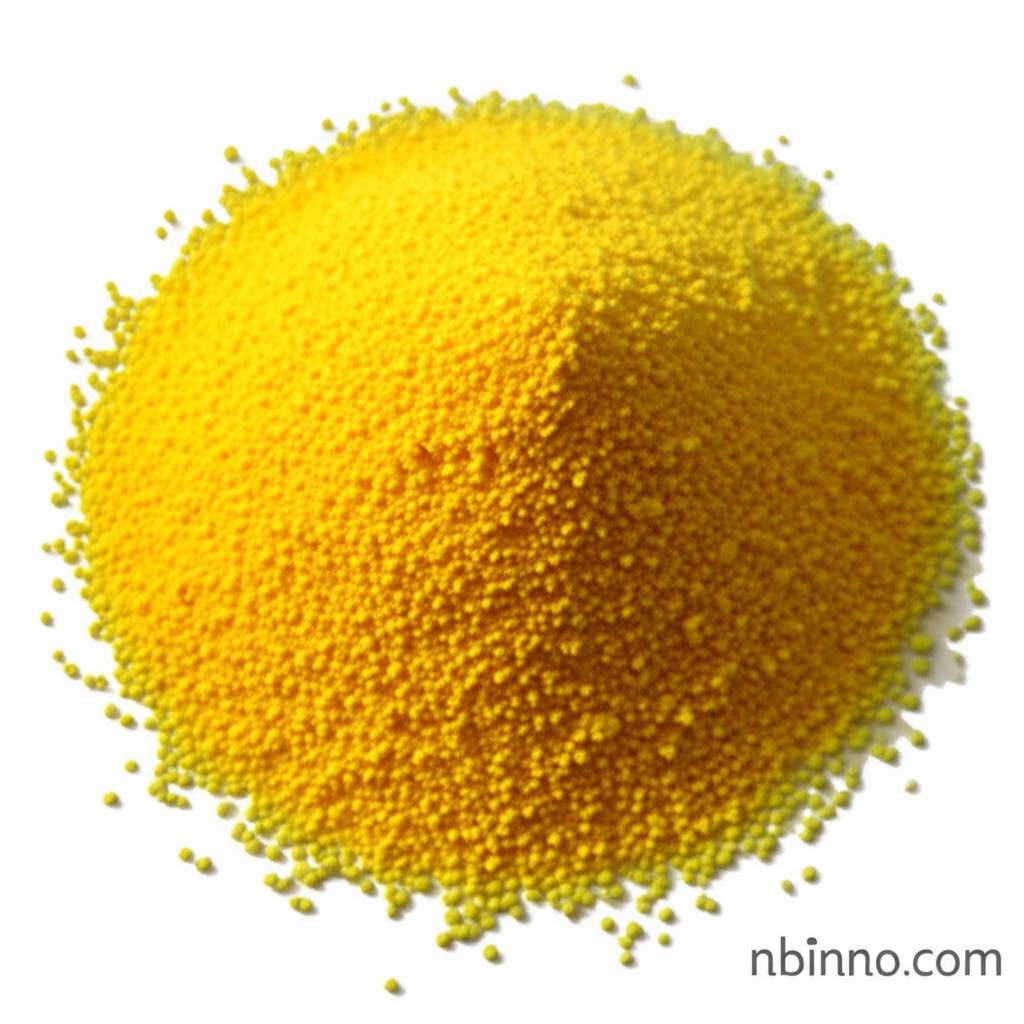Azodicarbonamide (ADC): The Leading Chemical Blowing Agent for Enhanced Material Properties
Discover the power of Azodicarbonamide (ADC) for superior foaming in plastics and rubber, offering lightweighting and improved performance.
Get a Quote & SampleProduct Core Value

Azodicarbonamide
Azodicarbonamide (ADC) stands out as a premier chemical blowing agent, widely utilized across diverse industries for its exceptional ability to produce cellular structures in polymers. Its thermal decomposition releases gases like nitrogen, carbon monoxide, and carbon dioxide, which expand the polymer matrix to create lightweight, shock-absorbent, and insulating materials. The controlled decomposition temperature and particle size distribution allow for precise tailoring of foam properties, making it ideal for applications ranging from automotive parts to footwear and insulation.
- Explore the benefits of using azodicarbonamide blowing agent for EVA applications, achieving optimal foam structures for cushioning and flexibility.
- Understand the critical role of azodicarbonamide foaming agent for PVC, enabling the creation of durable and versatile foam sheets for various industries.
- Learn about the diverse chemical blowing agent for rubber applications, where ADC enhances properties like elasticity and density reduction.
- Investigate the specific advantages of ADC blowing agent applications in creating materials with improved thermal insulation and soundproofing capabilities.
Key Advantages Offered
High Foaming Efficiency
Benefit from the azodicarbonamide decomposition temperature, typically around 200°C, which effectively generates a high volume of gas for efficient foaming of various polymers.
Versatile Application Range
The suitability of azodicarbonamide for PVC and other plastics means it can be used to create foam sheets with excellent mechanical properties and surface finish.
Controlled Cell Structure
Utilize ADC as a plastic foaming agent to achieve fine, uniform cell structures, leading to enhanced insulation, cushioning, and reduced material density.
Key Applications
Foamed Plastics
ADC is crucial in producing lightweight and insulating foamed plastics for automotive interiors, packaging, and construction, leveraging its effectiveness as a foam sheet blowing agent.
Foamed Rubber
Its application as a chemical blowing agent for rubber allows for the creation of products like shoe soles and seals with improved cushioning and durability.
Synthetic Leather
ADC contributes to the texture and feel of synthetic leather, providing the desired sponginess and pliability for apparel and upholstery.
Nucleating Agent
Beyond blowing, ADC acts as an efficient nucleating agent for thermoplastic foams, promoting a finer cell structure and improved material properties in processes like injection molding.
